19 Concrete Alternatives That Save Money & the Planet
Author: Omar Alonso | Editor: Omar Alonso
Review & Research: Jen Worst & Chris Miller
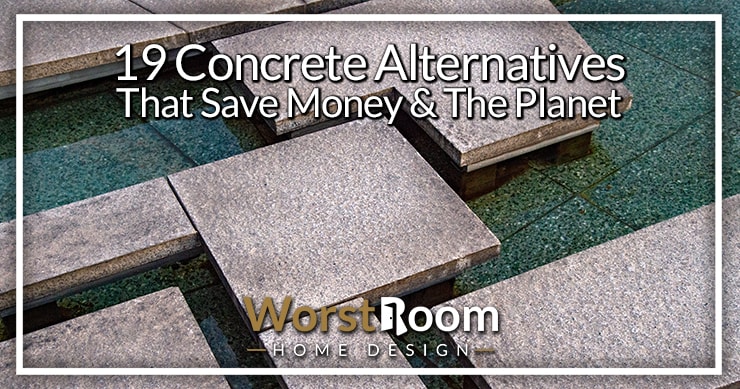
Concrete alternatives align with our goals as a whole. Sustainability is the mantra of the 21st century. It is becoming increasingly clear that each and every one of us has to do whatever we can to keep the planet as green as we can.
And, in that respect, concrete is kind of a villain. But just like plastic, we have grown to become so dependent on it that digging our way out of this hole feels like quite the task.
But we all have to start somewhere because it is no longer an option to ignore what humans are doing to the planet. In that spirit, here’s a look at 19 alternatives to concrete. A lot of them are green materials but all of them do less harm than what we've been doing.
19 Concrete Alternatives
You can use these concrete alternatives for anything from large-scale building constructions to smaller DIY projects at your home. This is one tradition you want to break away from. So, here are your options.
Bamboo
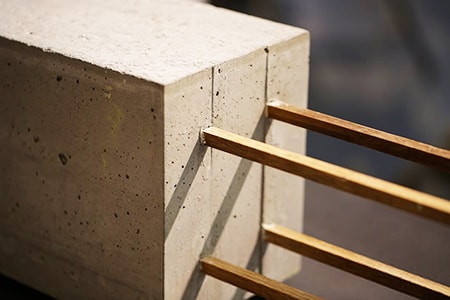
Maybe you didn't see this coming or maybe you did, depending on which part of the world you live in. That’s right. Many types of bamboo have been a popular choice in some regions for a while now. But since it is locally sourced, bamboo is quickly becoming quite popular to reinforce concrete.
It has very impressive tensile strength and is lightweight. That makes it easy to use and it is structurally sound too. Contractors prefer to use bamboo for small buildings and shelters even without concrete involved.
It's very useful in disaster-prone regions because construction is cheaper. And the best part is bamboo is renewable, and it grows extremely quickly all things considered.
Steel
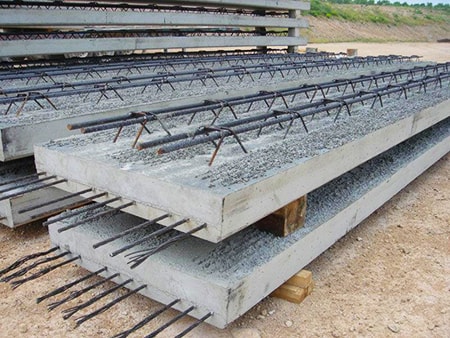
For starters, steel can be separated and has raw materials that are great for recycling. So it can be used multiple times. This is a material that’s easy in construction and is cheaper too. It also adapts very well and can be used for structures like garages, storage containers and workshops.
This may not have been one of the concrete alternatives in your mind at first, because you probably think of big, hot factories and mining operations. But when you add it all together, steel still does less damage environmentally.
Wood
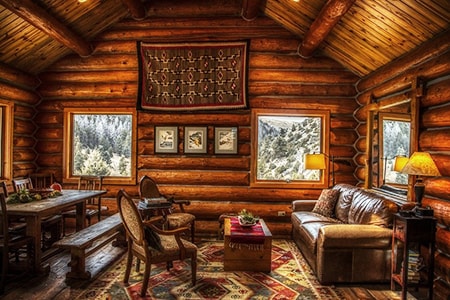
We all know this one. It's great for the simple reason that trees absorb carbon dioxide. Wood doesn't need a forceful process when it's being used for construction purposes.
It's use is fast and it weighs less, meaning it has a much smaller carbon footprint too when you think about the tools and vehicles needed to use it in bulk. We've known this throughout history and still apply it today.
Straw Bale
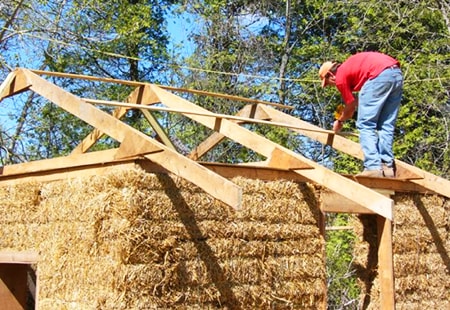
Back in the day when houses were made only from natural and locally available materials, strawbale buildings were quite popular. They were used for the walls inside a frame and replaced materials like concrete, wood, and gypsum.
In fact, the same can be said for plaster, various types of fiberglass, and stone too. Straw bales are known to provide a lot of insulation from any kind of climate. They are affordable and sustainable too because of their renewability.
Lot's of "tiny houses" and eco-friendly homes are being made using straw bale. Many are going off-grid and building "hobbit homes" that use straw bale. Using it with concrete is a matter of stirring it in to provide bulk, resulting in using less of the offending material.
Rammed Earth
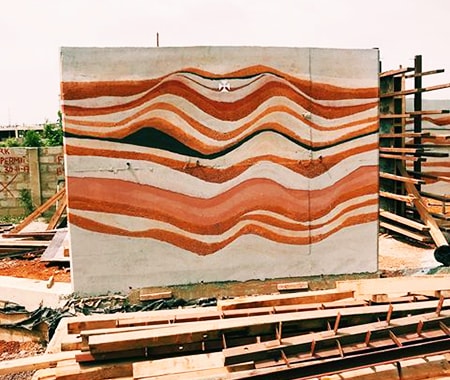
This technology has been around for thousands of years and it is durable too. Modern buildings made of rammed earth typically use bamboo or rebar to make them safer. This also reduces the amount of labor you need to make strong walls.
It can be used as alternatives to a concrete driveway as well. Add in natural pebbles or larger stones like the old days and it holds up like Roman roads still do today.
I wouldn't recommend it as alternatives to a concrete garage floor though, because you generally need that to be flat for working on DIY projects. And you'll be constantly dealing with garage floor crack repair when it's just compact earth.
Grasscrete
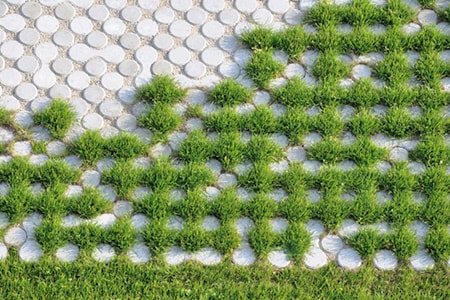
Now, let’s get creative. Grasscrete is the process in which concrete floors or sidewalks are arranged in such a way that there are gaps in between for greenery.
It's great for outside spaces and you might have spotted it (and maybe haven’t recognized it) in green types of driveways or near concrete flooring. It's a solid choice among the concrete floor alternatives.
When you allow space between concrete slabs, you not only reduce the usage of concrete but also make way for grass and floral plants without having to use pots. This also creates a space for carbon dioxide to be absorbed.
This is also a great material to use with a drainage system, especially as driveway alternatives. It provides the gaps needed for excess stormwater, reducing damage to your concrete driveway, for instance, from water flow over time.
Hempcrete
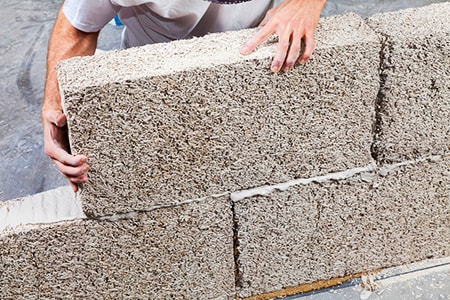
This is a material like concrete but it is created from the woody fibers of the inner part of a hemp plant. That’s right. These fibers are bound with lime and that creates shapes like concrete would.
It was used throughout history. In fact the Founding Fathers grew it farmers legally were made to grow it for clothing, paper, sealant, and much more.
These are strong and light fibers which makes Hempcrete really lightweight. It also means that the transport of these types of concrete blocks need a lot less energy when compared to concrete. And hemp is renewable and grows fast so there’s also that added advantage.
AshCrete
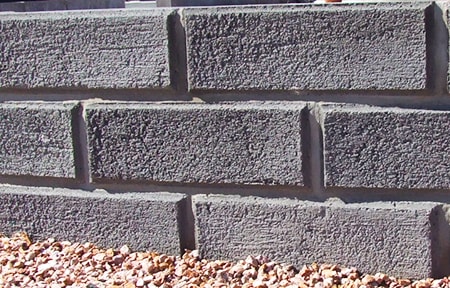
This is another alternative for concrete. Instead of traditional cement, fly ash is used to make it. It is a by-product of burning coal and 9% of its components can be recycled. Anything that involves recycled materials is preferable.
Timbercrete
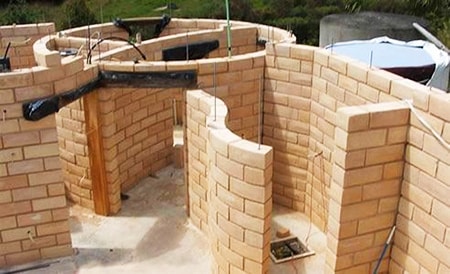
This is a material made by mixing sawdust and concrete. It's lighter than concrete and has lesser transmission emissions.
The sawdust reuses waste and replaces some of the components of concrete that use a lot of energy. And it gets better because it can be formed into blocks, bricks, and types of pavers, too, making it one of the perfect alternatives to concrete driveways and garage floors.
If you use this, make sure you know the standard garage size so you purchase enough material (but not too much) to finish the project completely.
Papercrete
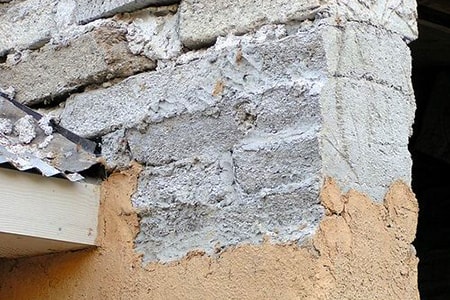
This is great because it is made by recycling waste paper. It is reused in making concrete too. Now, it doesn't eliminate the use of cement but it can fight some of the problems in the making of concrete. It’s a great start and scales greatly in production.
Mycelium
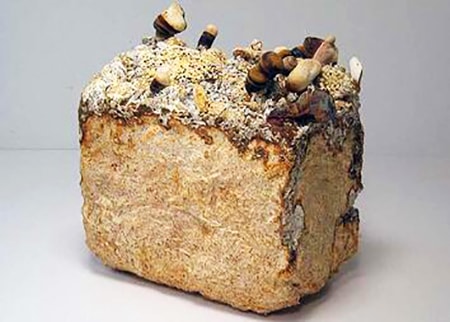
This is a futuristic material for building construction. It is absolutely natural and has the root structure of fungi and mushrooms. Because of that, it can grow in molds and forms around other natural materials like ground-up straw.
It's air dried to create bricks and other shapes that are used in construction. This is an extremely lightweight material that's monumentally renewable.
Ferrock
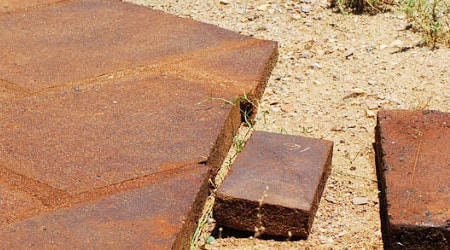
This is a fairly new and is still being tested but one of the most promising concrete alternatives. But here’s what we know about it.
Recycled materials like steel dust are used to create a building material like concrete, but stronger. It is unique in the way it absorbs carbon dioxide during the drying and hardening phase. And that is what makes it carbon neutral.
Blast Furnace Slag
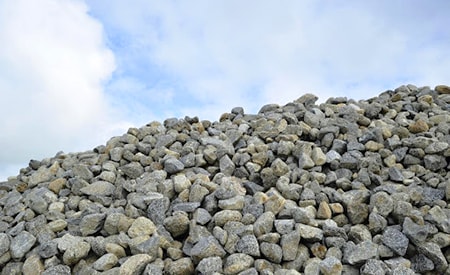
This is like fly ash in the sense that it is a by-product that can be recycled and used to make eco-friendly concrete. It is glassy, granular, and is made by quenching molten iron slag from a furnace into steam or water.
So you see how it gets its name. Now for what it can do. Blast furnace slag can replace 70-80% cement. It helps improve the durability of concrete and a lot less heat is emitted in the process.
Micro Silica
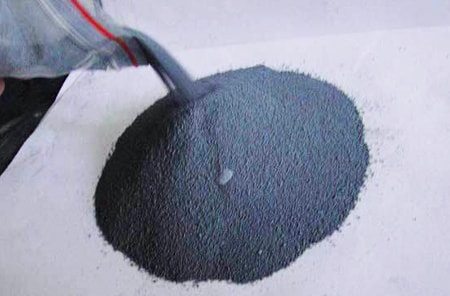
This is a really fine powder which is a by-product of ferrosilicon alloy and silicon production. It comes from the condensation of silicon dioxide and in the process displaces 7-12% cement in concrete.
Like blast furnace slag, it is known to increase the durability of concrete. This is achieved by increasing its compressive strength and making it less permeable.
When concrete is made with micro silica and silica fumes, it is used for structures that are in contact with strong chemicals. It is a lot more eco-friendly than concrete.
Concrete Debris
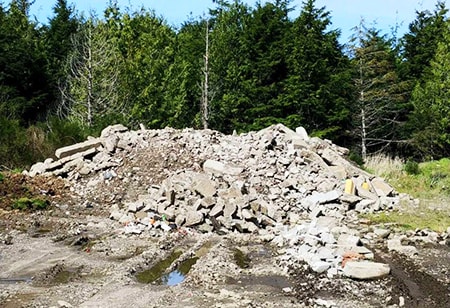
This is a very intelligent way of using waste materials from concrete while reducing the consumption of resources. It saves a lot of landfill space too and the reuse helps decrease the exploitation of raw materials.
Post-Consumer Glass
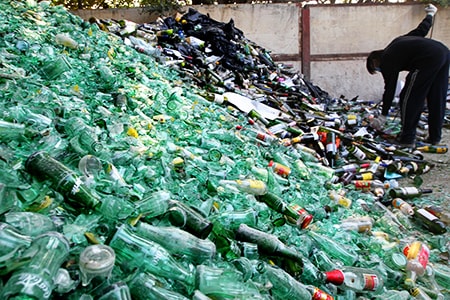
Because it is versatile, glass is great for aggregate replacement of concrete. It can be recycled and used several times without really making any changes to its chemical properties. So, it has more durability than concrete.
There are even bottles being made in shapes that let them be placed together tightly without gaps, and the air within makes for a great insulation.
Plastic Waste
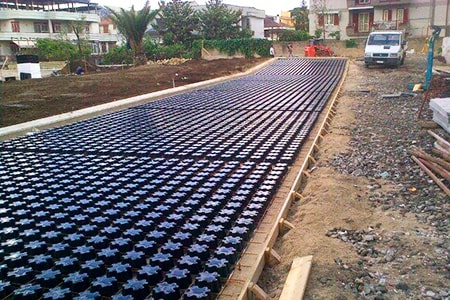
The planet is filled with plastic waste. So what better way to use it than to put it to work at a construction site. Also, all those DIY videos we watch online are a great way to put used plastic back in the business.
It's not biodegradable which is all the more reason to recycle it. It can replace up to 20% of traditional aggregate materials used in the making of concrete. There are limits to its strength but it is still a great eco-friendly alternative.
Composite Cement
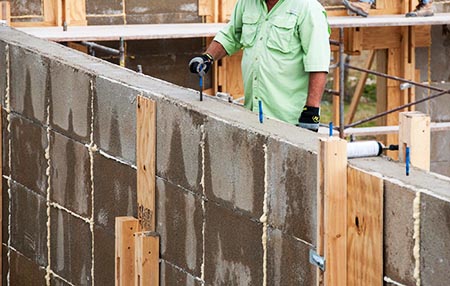
The Bautex wall system which comes from the use of composite materials and foam beads is a great alternative to concrete. It's strong and requires a lot less energy when compared to traditional concrete and cement.
The walls built using this process can be made fireproof, storm resistant, and can even be useful with noise proofing. Isn’t that just great?
Finite
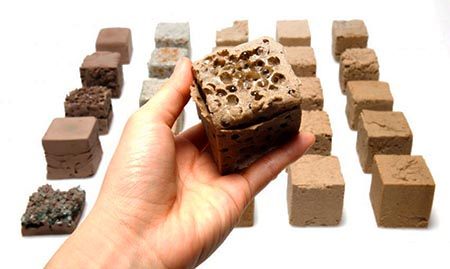
Finite is made from desert sand which is an unusual choice in construction considering the grains are too fine. But a London-based company called Finite has found a way to make it work.
The sand grains are combined to create a brick-like material. It is as strong as concrete but is also eco-friendly. Win-win, right?
It has less than half the carbon footprint of concrete and these bricks can be recycled too. They can also be moulded again for several lifecycles. This can be done with natural dyes.
Concrete Alternatives Are Eco-Friendly
There is some great work being done in the space of eco-friendly alternatives to concrete. The result of tampering with the delicate ecological balance of the planet is here for all of us to see in the 21st century. That has given us a great deal of incentive to work on this.
Whether it is substances like Finite, micro silica and mycelium, there are plenty of alternatives for traditional concrete. All we need to do is look at the space we want to build and pick the material that is right for it while being safe.
And because there are so many concrete alternatives, it is not at all a hard thing to do.



